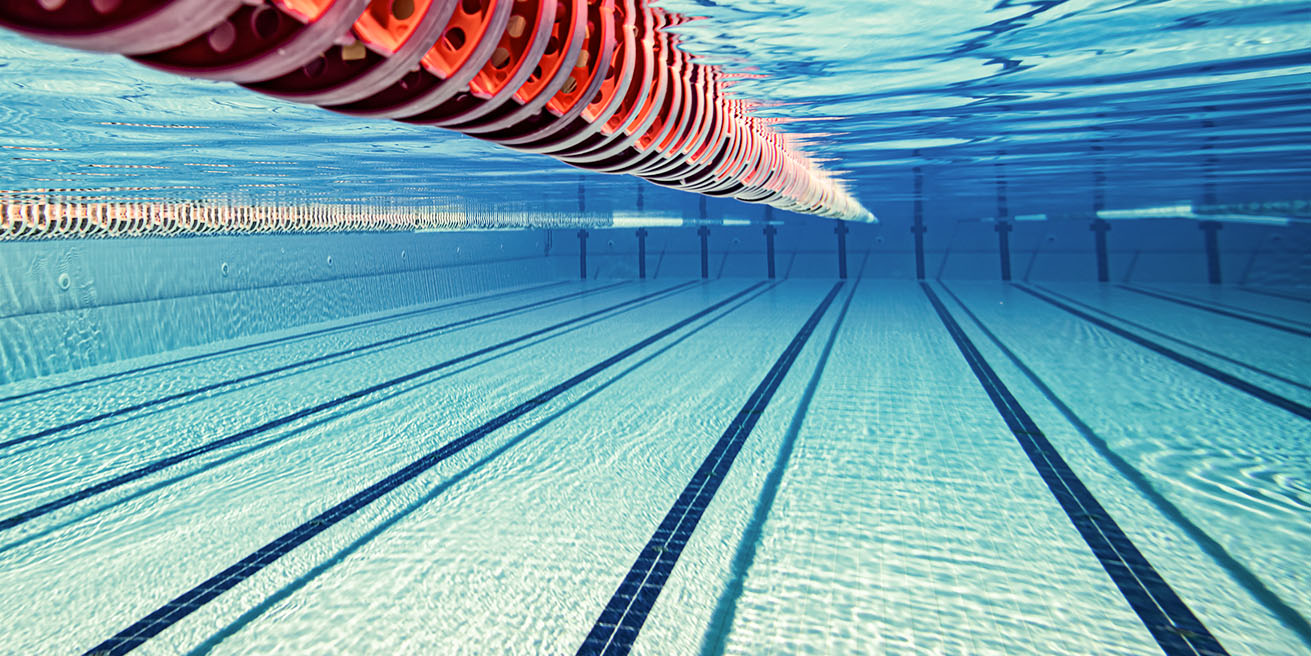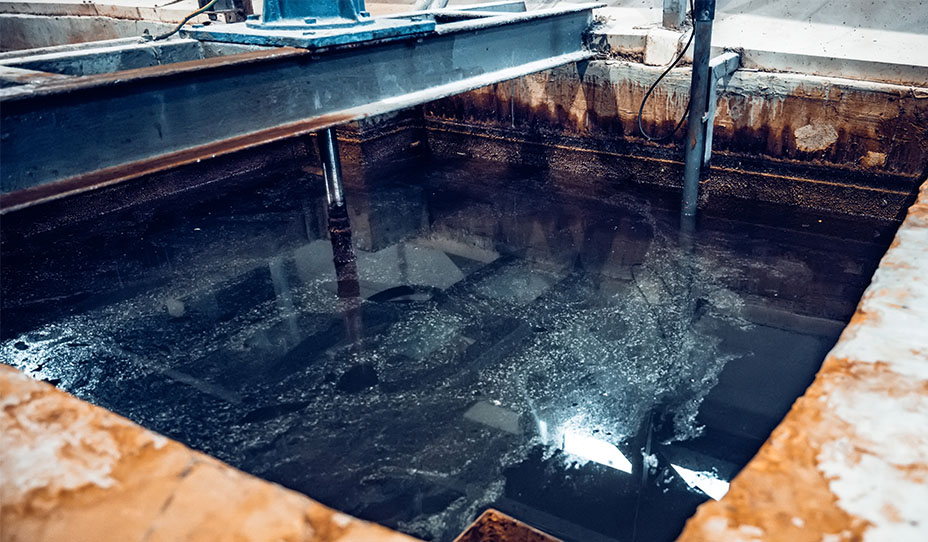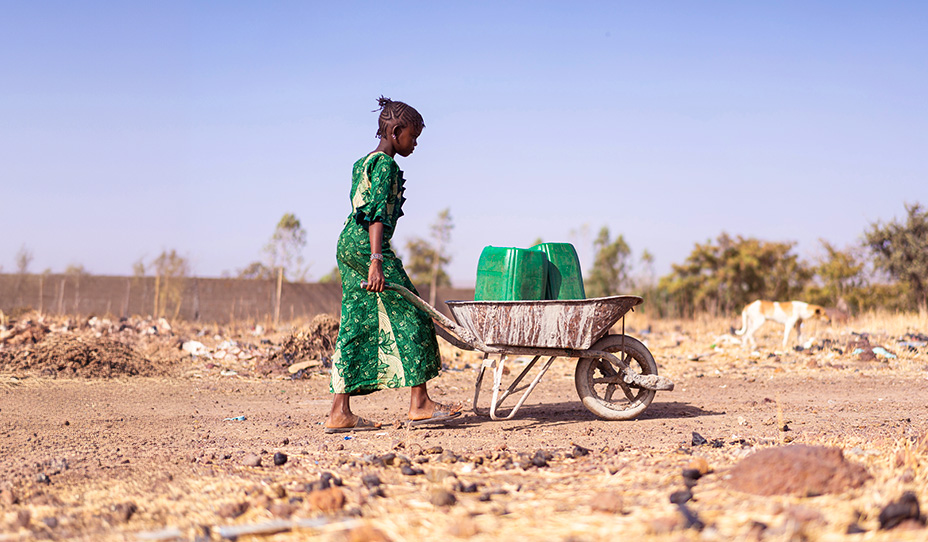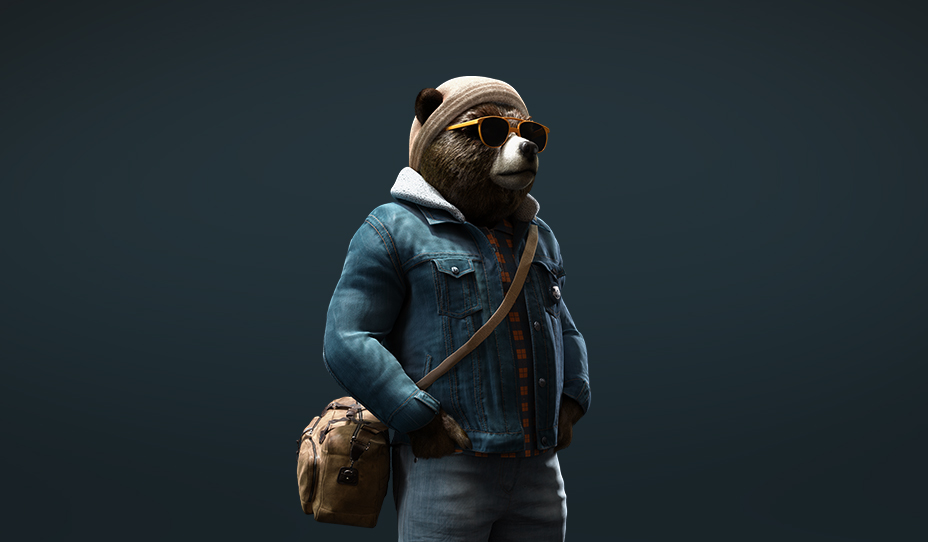It’s no secret that fashion is a thirsty business. But just how much water are we using? It’s estimated that the fashion industry uses 93 billion cubic meters of water per year – that’s enough water to fill about 37 million Olympic-size swimming pools! And if the industry continues to operate as it currently does, we can expect this number to double by 2030.

But what are we doing with all this water? The short answer is a lot. From growing raw materials to dyeing and finishing, water is a necessity throughout the fashion supply chain. For example, your favorite cotton t-shirt likely took 2,700 liters of water to make. Now think about how many t-shirts you have in your closet, how many your friends have in theirs, how many are on shelves in stores. That’s a lot of water – and that’s just t-shirts.

Unsustainable consumption
You may wonder if the planet can sustain our current rate of water consumption within the fashion industry? The answer is no, it cannot. According to Planet Tracker’s report “Exposing Water Risks”, the industry is facing increasing water stress from a combination of climate change, inefficient use, and untreated disposal. In other words, the very way we use water contributes to the water stress we are facing.
Not only do current industry practices contribute to industry problems, but also to larger human rights issues like water scarcity. Of the 3% of freshwater on the planet, two thirds are inaccessible to humans, and accessible sources like rivers and lakes are becoming too polluted to use. With this, World Wildlife Fund projects that two thirds of the world could experience water scarcity by 2025. We must rethink the systems we have in place.
“It’s estimated that the fashion industry uses 93 billion cubic meters of water per year… And if the industry continues to operate as it currently does, we can expect this number to double by 2030.”
How can we do better? Here are a few options to help players across fashion reduce their water usage and pollution:
- Track and measure your current water usage – you can’t reduce what you don’t measure! Ceres is a tool investors and brands can use to identify and mitigate their water risks.
- Invest in your supply chain. Technology like closed-loop water systems reduce water usage and wastewater discharge in manufacturing by treating and reusing water.
- Opt for lower-impact innovations. For example, Prosperity Textile’s Cooltrans printing process uses 90% less water and 40% less dye than traditional production. Interested? View materials made with Cooltrans in our Water Savings collection here.
- Get creative! Assess your manufacturing process to see where water usage can be reduced. A great example of this comes from Levi’s, who completely removed water from one of their finishing processes. Rather than softening jeans traditionally with fabric softener in a wash cycle, they put their denim into a dryer with golf balls and bottle caps, achieving the same effect with none of the water.

Fashion may be a water-guzzling enterprise today – but that doesn’t mean it will always be that way. Awareness is rising, change is happening, and as we learn more, we (hopefully) do more. Fashion industry water usage can be decreased, and it’s obvious now that it must be. Let’s all be a part of the solution, together.
Innovative denim fabrics
Searching for a low-impact denim material to make your upcoming collection a success? Why not check out our Best of Denim showroom? You’ll find a wide range of sustainable denim options, from water saving weaves to recycled content fabrics. Have a look, and order some free swatch samples, if you’d like.

If you’d like some help finding just what you’re looking for, turn to our newest sourcing assistant, Frank, for help. Frank’s photographic memory has enabled him to memorize every detail of our material database and he is ready to support you in creating your next best-selling line.
Related content
Want to chat?
We’d love to hear from you. Reach out to see how we could work together.





